
🔖 MYTH BUSTING 101
“You can’t support what you don’t understand. Let’s start with the truth.”
For years, ADHD has been misunderstood — reduced to childhood hyperactivity or dismissed as a made-up excuse. But ADHD is not a behaviour problem. It’s a lifelong, neurodevelopmental condition that affects the brain’s regulation of attention, emotion, time, and motivation. In this section, we challenge the myths that surround who "qualifies" for a diagnosis and what ADHD really looks like in adulthood. Whether masked behind achievements, misunderstood as laziness, or missed entirely due to outdated stereotypes, adult ADHD often hides in plain sight. These truths help families, friends, and professionals recognise that validity does not depend on visibility — and that proper understanding is the first act of support.
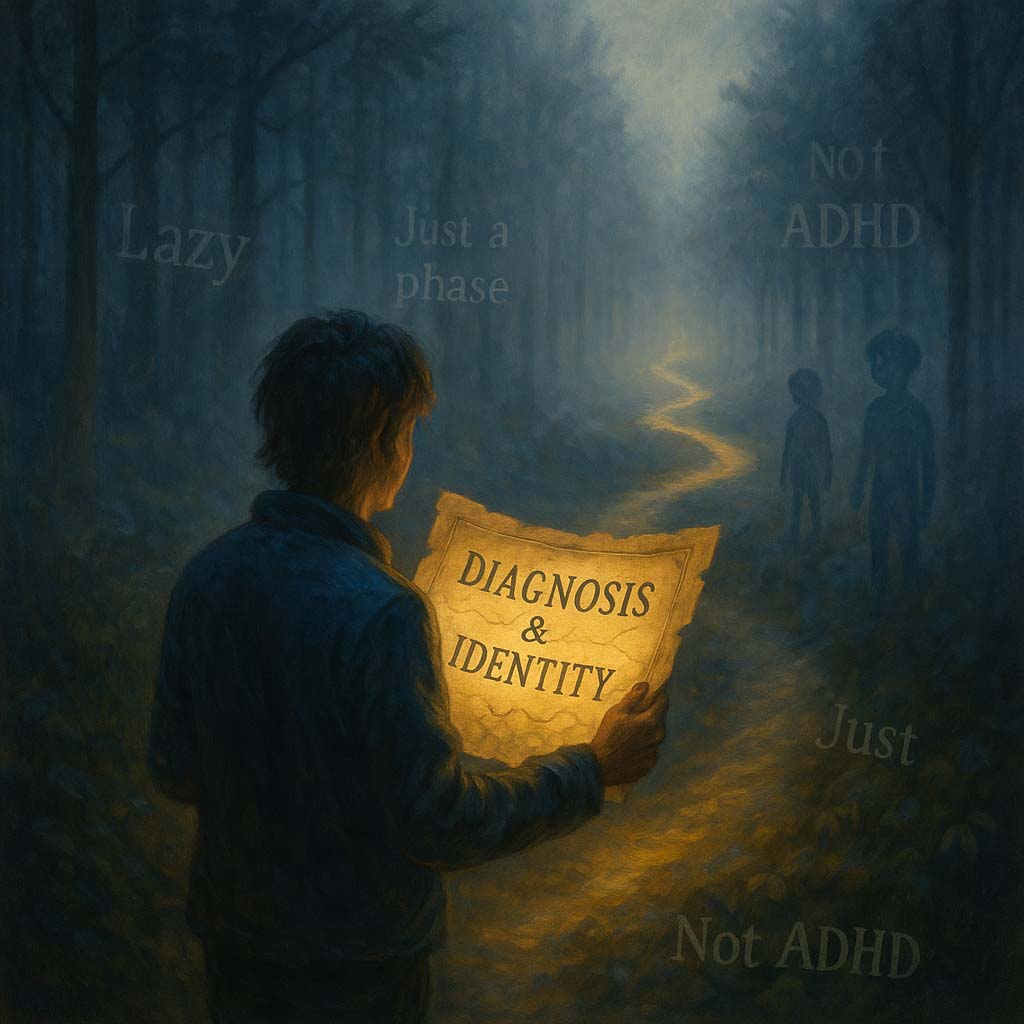

“ADHD is just for kids.”
✅ Truth: ADHD is lifelong — it doesn’t fade with age, it just changes form. Many adults were never diagnosed in childhood, especially if they weren’t disruptive or if they coped through overachievement. In adulthood, the symptoms often shift from physical restlessness to chronic disorganisation, emotional overwhelm, difficulty prioritising, or mental fatigue. Research confirms that over 60% of children with ADHD continue to experience significant symptoms as adults. It’s not immaturity — it’s a persistent neurodevelopmental difference that deserves recognition at every age.

“Everyone’s a little ADHD these days.”
✅ Truth: Occasional distraction isn’t ADHD — it’s life. ADHD is not about being forgetful now and then; it’s about chronic, impairing patterns of inattention, impulsivity, and poor regulation that affect multiple areas of functioning. Neuroimaging studies show structural and functional differences in ADHD brains — especially in the prefrontal cortex and dopamine reward pathways. This isn’t a trend — it’s a clinically recognised, genetically influenced condition that affects 4–5% of adults globally. Confusing stress-related distraction with ADHD only adds to stigma and misinformation.

“If they’ve made it this far, they can’t have ADHD.”
✅ Truth: Many adults with ADHD are expert maskers — using intelligence, perfectionism, or late-night cramming to survive. But these coping strategies come at a cost: burnout, anxiety, and shame. Functioning doesn’t mean flourishing. People can excel professionally while quietly falling apart emotionally. Success without support often hides the true effort required to stay afloat. Diagnosis helps people shift from just surviving to understanding and growing with the brain they have.
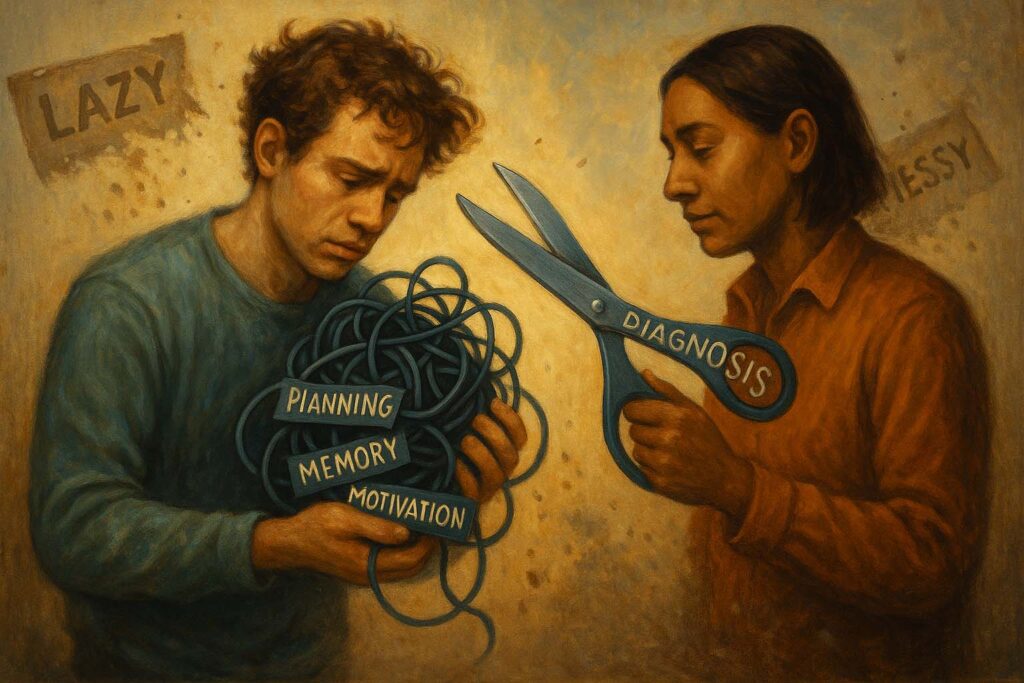
“ADHD is an excuse for bad habits.”
✅ Truth: ADHD isn’t an excuse — it’s an explanation. Behind chronic lateness or clutter is often a struggling executive system: a brain that misfires on planning, prioritisation, or memory. Research in clinical neuroscience confirms that ADHD impairs working memory and self-regulation. Labelling adaptive coping as “bad habits” shames the person instead of addressing the root. A diagnosis doesn’t erase accountability — it opens the door to effective, realistic strategies for lasting change.

“They don’t seem hyper, so it can’t be ADHD.”
✅ Truth: Hyperactivity doesn’t always mean bouncing off walls. In adults, it’s often internalised — racing thoughts, relentless restlessness, or emotional overload. This is especially true for women and gender-diverse individuals who may have been conditioned to hide or suppress their symptoms. According to the DSM-5, ADHD can present as predominantly inattentive, hyperactive-impulsive, or combined. The absence of visible hyperactivity doesn’t rule it out — it often just means the chaos lives inside.

“But they’re so smart — they couldn’t have ADHD.”
✅ Truth: Intelligence and ADHD can absolutely coexist. In fact, high-IQ individuals often go undiagnosed because their strengths mask their struggles — until the complexity of adult life (careers, bills, relationships) becomes too much. These individuals often feel deeply frustrated: “I know what to do — why can’t I just do it?” That gap between ability and execution is a hallmark of ADHD, not evidence against it.
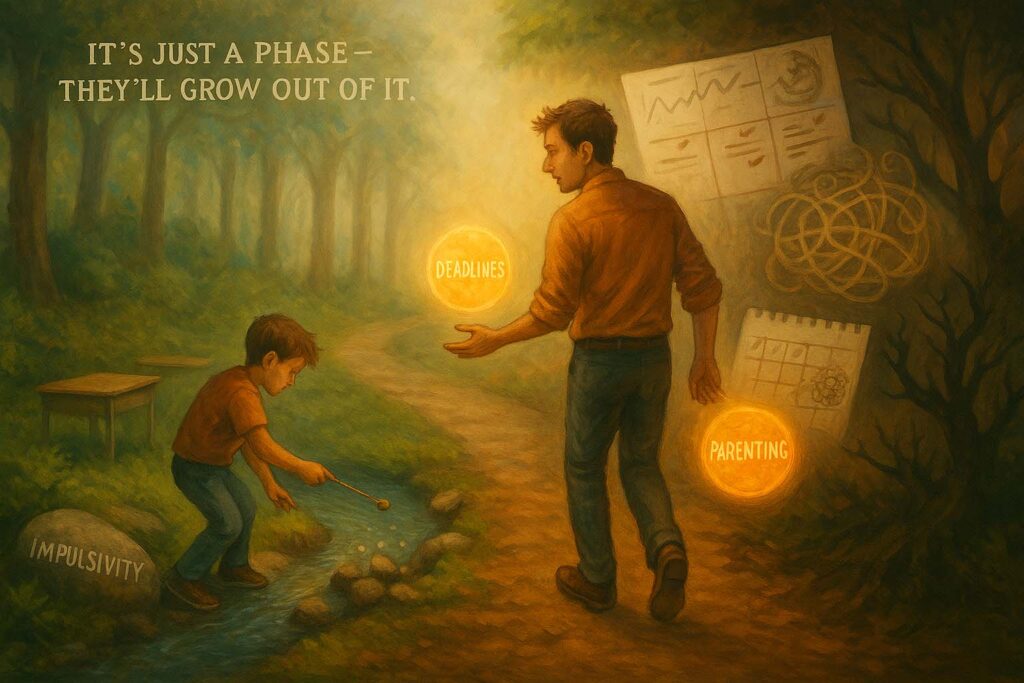
“ADHD is just a phase — they’ll grow out of it.”
✅ Truth: ADHD doesn’t fade — it adapts. While hyperactivity might decline, challenges with attention, time blindness, and emotional regulation often intensify under adult pressures. The myth of “growing out of it” delays care and undermines self-worth. Longitudinal studies show that ADHD persists into adulthood in up to 70% of cases. The real question isn’t if it goes away — it’s whether the person has learned to understand and work with their brain.
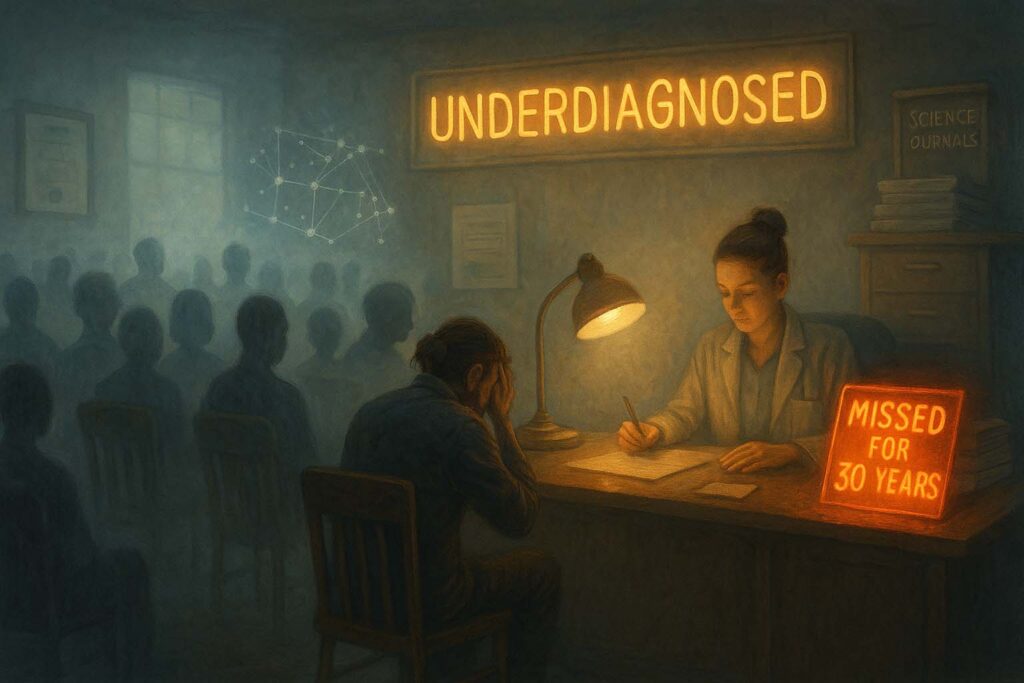
“ADHD is overdiagnosed — it’s not real.”
✅ Truth: If anything, ADHD is underdiagnosed — particularly in women, adults, and culturally diverse groups. Stigma, limited clinician training, and biased diagnostic criteria all play a role. Many adults go decades without answers because they don’t fit the stereotypical profile. It’s not the diagnosis that’s the problem — it’s the unmet need behind it. What’s overdone is the minimising of invisible struggle — not the science that supports identification and care.
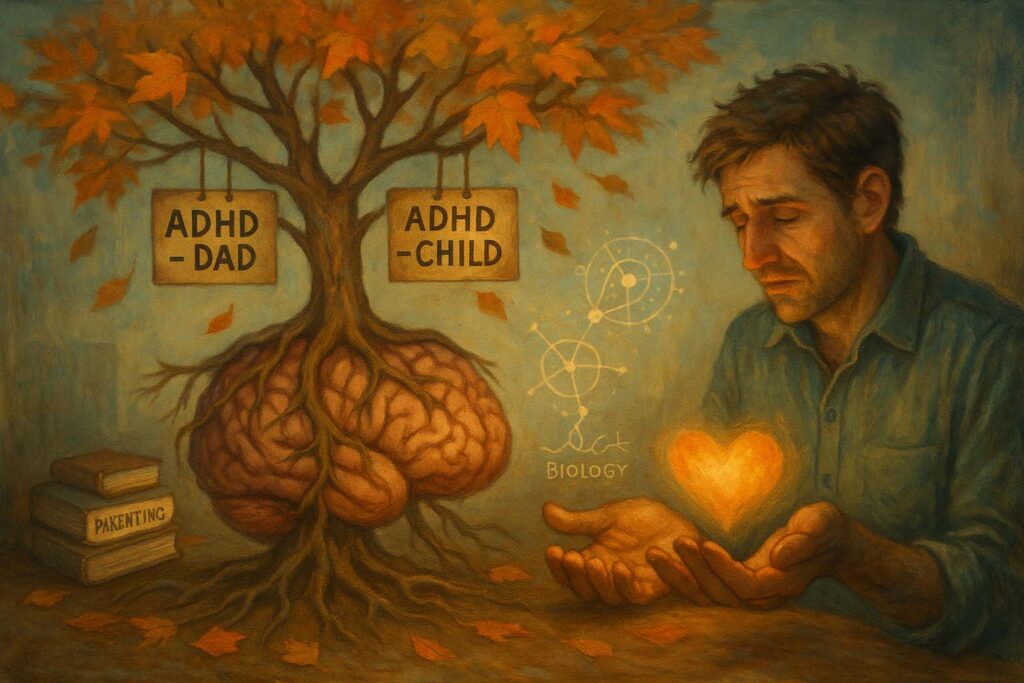
“ADHD is just bad parenting or poor discipline from childhood.”
✅ Truth: ADHD is a neurodevelopmental disorder with strong genetic underpinnings — not a result of lax discipline. Parenting can shape coping and confidence, but it does not cause ADHD. Studies show that ADHD runs in families and is linked to differences in dopamine regulation and brain structure. Blaming upbringing ignores biology — and increases shame instead of support. Parents need tools, not blame; adults need understanding, not moral judgement.
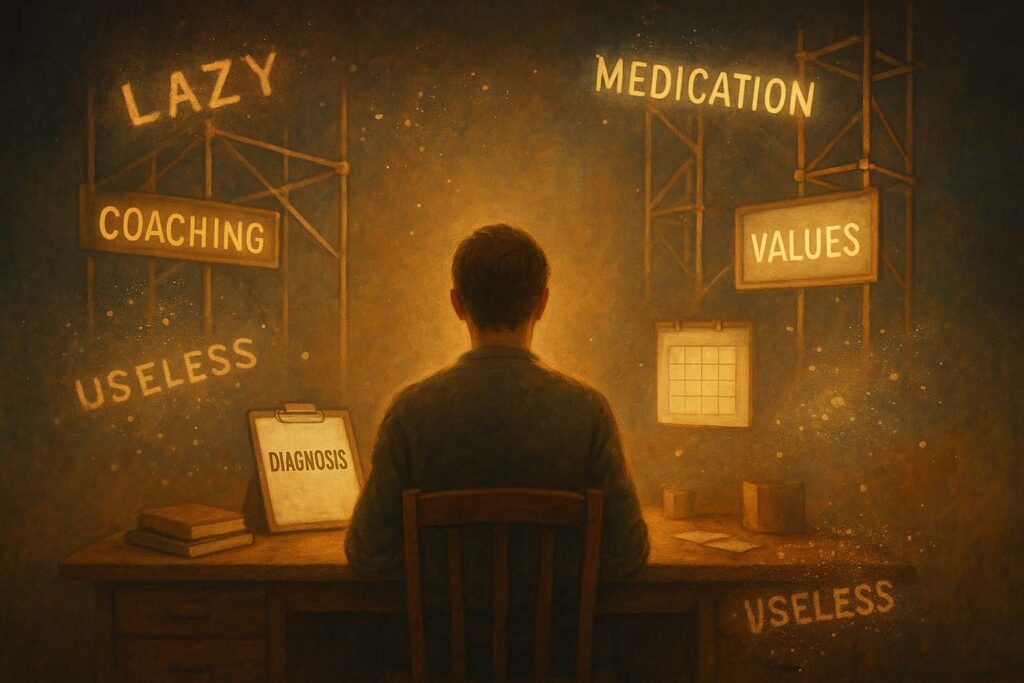
“A diagnosis just gives people permission to be lazy.”
✅ Truth: A proper diagnosis helps people stop blaming themselves and start building better systems. ADHD is often accompanied by decades of internalised failure. Far from promoting laziness, diagnosis validates struggle and offers the language for change. It creates a roadmap for coaching, therapy, medication, or routines — not a pass to opt out. As countless adults say: “Now I finally understand myself — and I can move forward.”
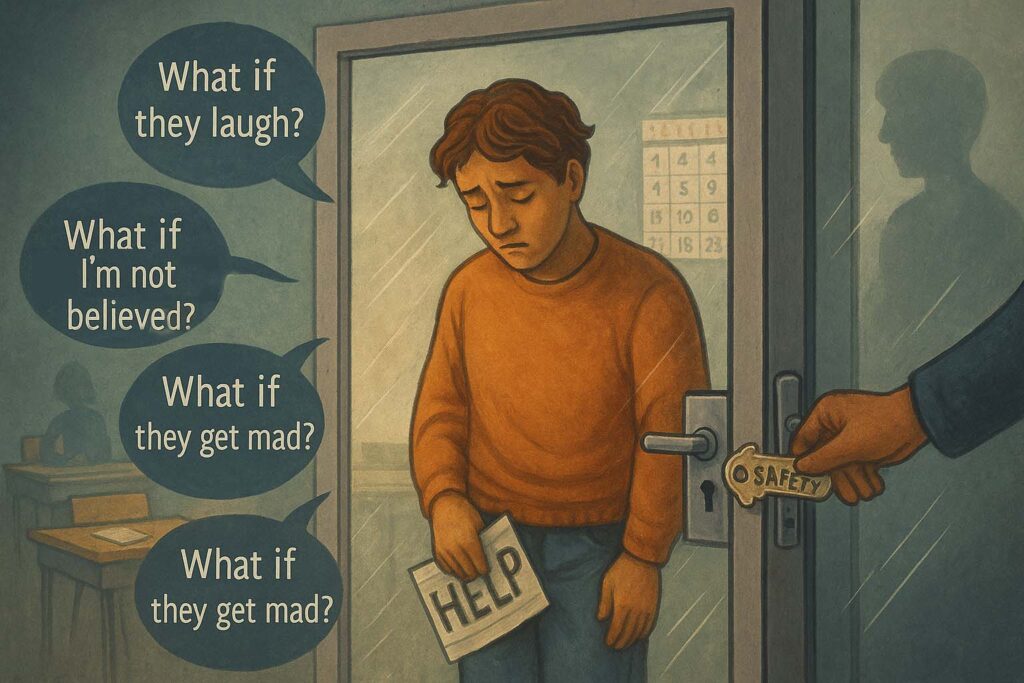
“If they were really struggling, they would’ve asked for help sooner.”
✅ Truth: Shame keeps many adults silent. Fear of being misunderstood, dismissed, or labelled as lazy often stops people from reaching out. Many don’t even realise ADHD could explain their lifelong struggles. Asking for help requires safety — and many ADHDers have never felt safe to be vulnerable. Compassion opens the door where judgement locks it shut.
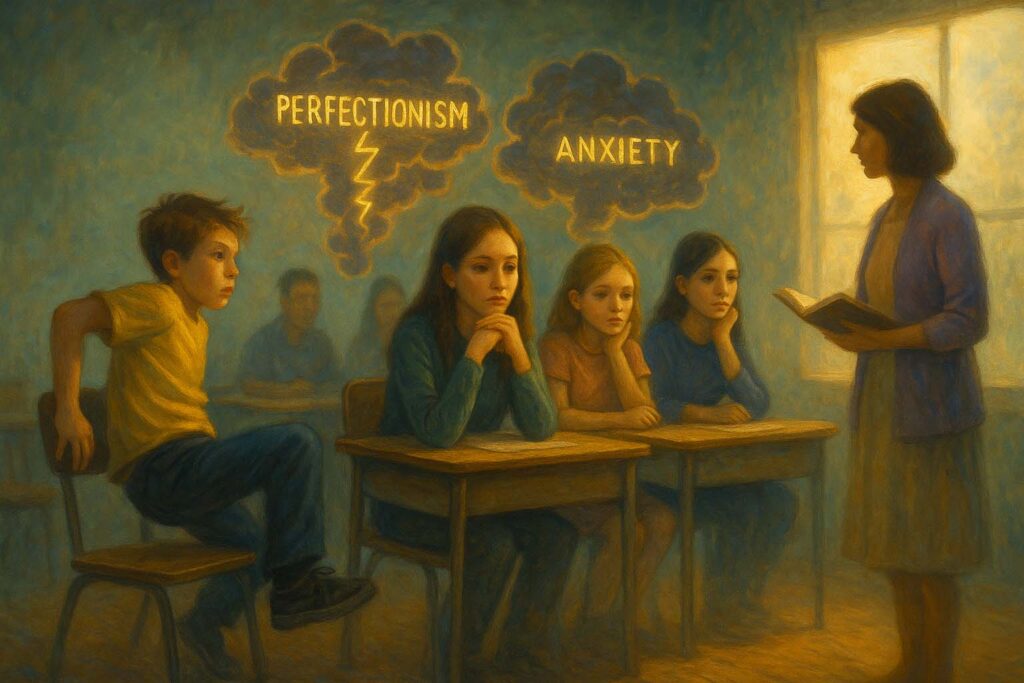
“ADHD is just for boys who bounce off walls.”
✅ Truth: This stereotype has caused untold harm. It erases quiet boys, masking girls, non-binary people, and high-functioning adults who don’t present as disruptive. ADHD can show up as emotional exhaustion, people-pleasing, disassociation, or anxiety — especially in those conditioned to be “good.” Broadening our view of ADHD means more people get the care they’ve been missing for decades.
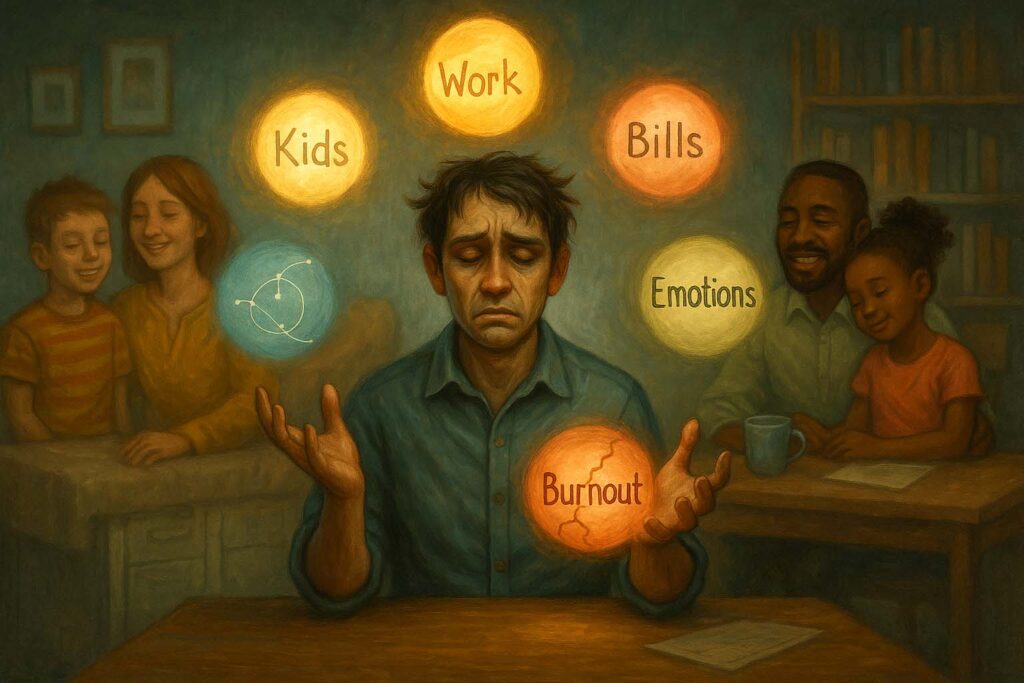
“They already have a job and a family — they must be fine.”
✅ Truth: Functioning isn’t flourishing. Many adults with ADHD maintain jobs or raise families at the cost of sleep, mental health, or emotional presence. Their success might come from constant adrenaline or masking — not ease. They aren’t fine. They’re tired, overwhelmed, and still trying. The goal of support isn’t to rescue them — it’s to lighten the invisible load they’re carrying.
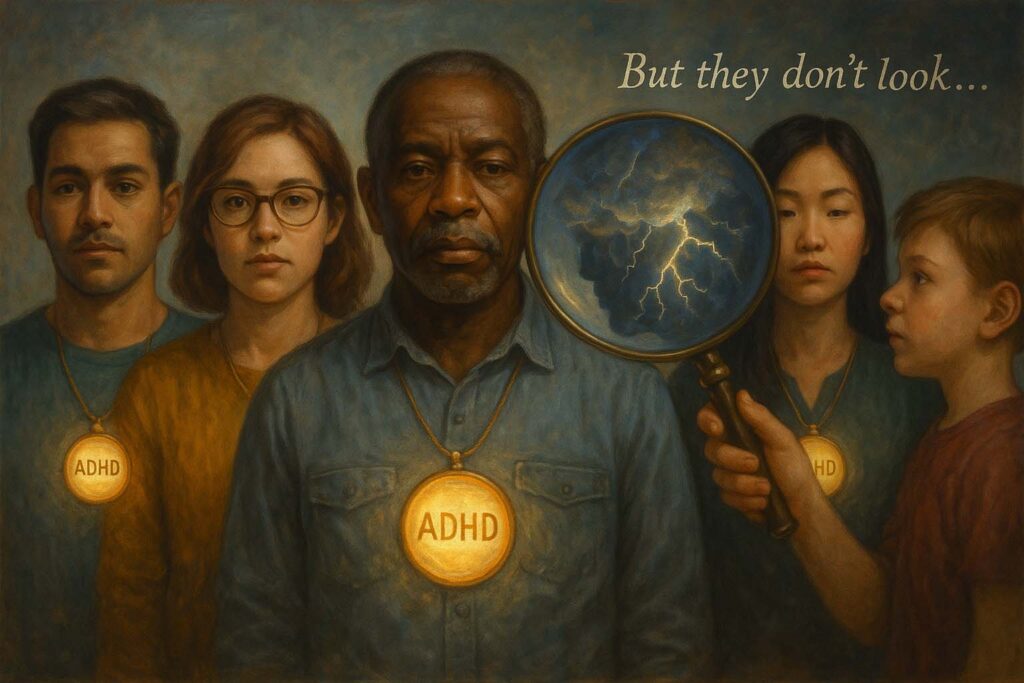
“They don’t look like they have ADHD.”
✅ Truth: ADHD is invisible — it’s not about appearance, personality, or posture. It’s about how the brain regulates input and output. Judging ADHD based on what someone “looks like” ignores that disability can be hidden, and that pain doesn’t always wear a label. The best way to recognise ADHD is through patterns of experience — not assumptions about presentation.
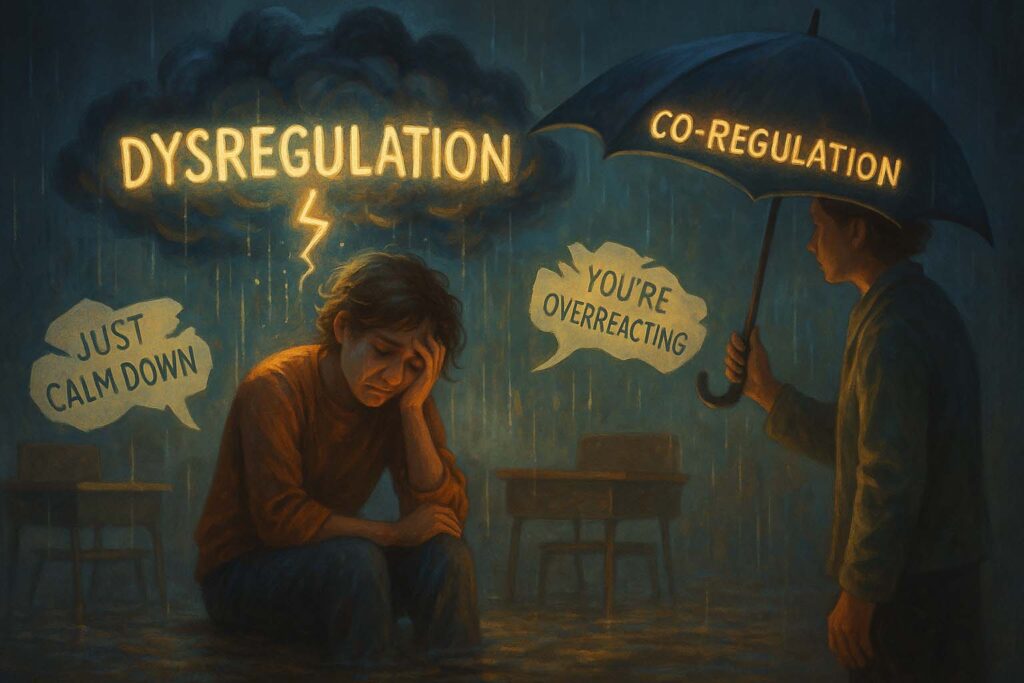
“They’re being dramatic or exaggerating.”
✅ Truth: What looks like drama is often emotional dysregulation — a key feature of ADHD. Neurobiologically, the ADHD brain reacts faster, feels more intensely, and takes longer to calm down. This isn’t about attention-seeking — it’s about a nervous system that’s overreactive and under-supported. With understanding and co-regulation, emotional safety can grow — but invalidation only makes the storm worse.

🌟 Diagnosis as Liberation
Getting a diagnosis doesn’t create ADHD — it reveals it. For many adults, it’s the moment the puzzle pieces finally fit. These truths replace shame with science, judgement with empathy, and confusion with clarity. When we understand that ADHD is not about effort, appearance, or upbringing — but about neurological difference — we create space for real support, real growth, and real connection. This is where the healing starts.
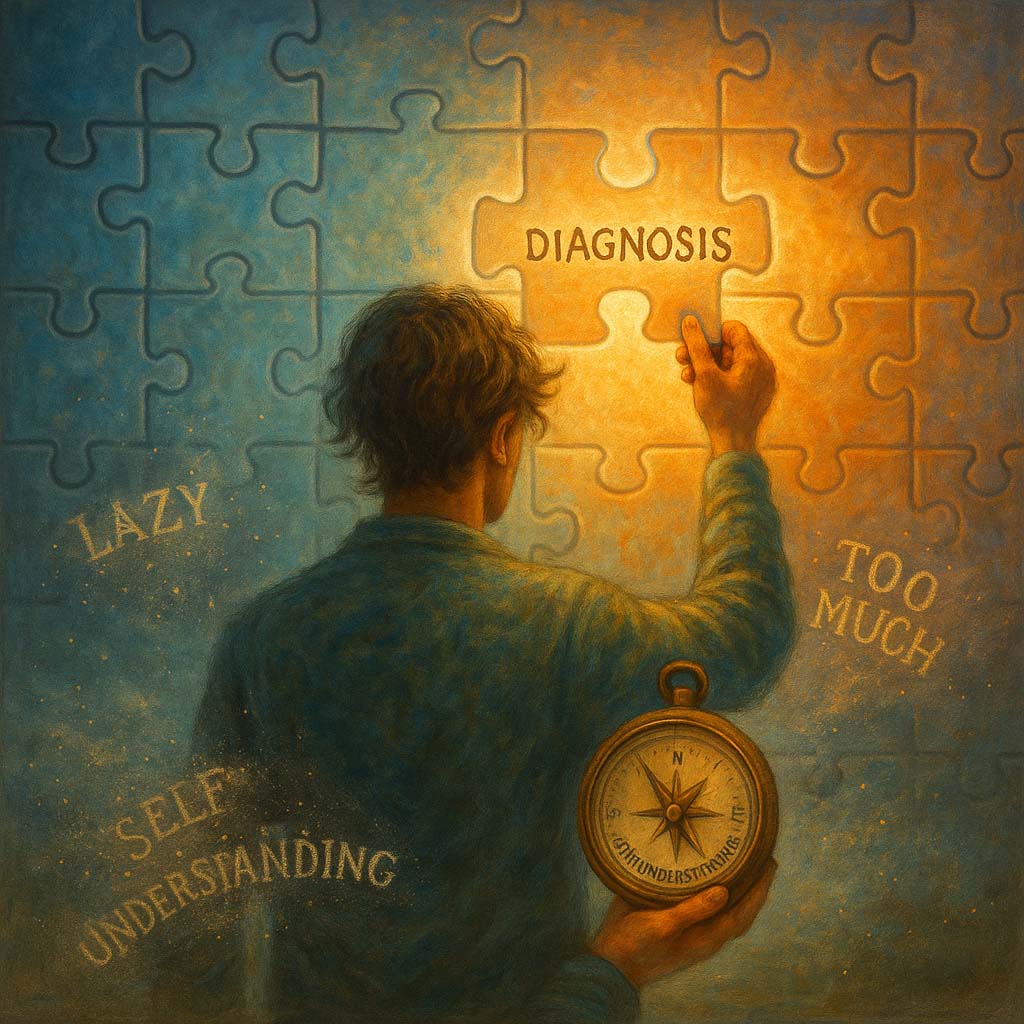
Mon - Fri: 8AM - 6PM
Sat - Sun: Variable
Brisbane North Medical Specialists,
15 Dallas Parade, Keperra, QLD 4054
(07) 5221 3489
reception@bnms.com.au
